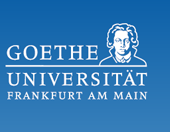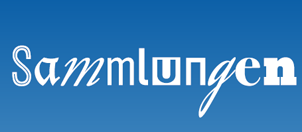Book on practical and theoretical work – Sefer Maʿaseh khoresh ve-khoshev – ספר מעשה חורש וחושב

From the exhibition "Yiddish and Jewish-German Prints: The collection Judaeo Germanica"
von Tekle Ekvtimishvili, Kerstin von der Krone, Marie-Luise Schmidt
Although knowledge on astronomy and mathematics was common amongst Jews, there is little information about how this knowledge was acquired and transmitted and what role so-called 'Rechenbücher' (arithmetic textbooks) might have played here. Yiddish as a language of mathematics and the sciences in general only slowly took hold in the early modern era. Overall, 269 mathematical works in Yiddish before 1800.
The sefer Ma'aseh Khoresh ve-Khoshev, printed in 1711 in Frankfurt am Main, is the second mathematical book published in Yiddish following Yedi'at ha-Heshbon which appeared in 1699 in Amsterdam. The author Moshe ben Yosef Haida (1670-1750) was born and grew up in Hamburg-Altona. Less is known about his life, but his grandfather was a kabbalist in Prague while his father moved to Hamburg. Haida himself lived in Frankfurt am Main when he wrote and published Ma'aseh Khoresh ve-Khoshev.
Haida's Rechenbuch was published by the christian printer Johann Kellner and is composed of two parts – one that deals with practical aspects (horesh) and one that deals with theoretical aspects (hoshev). The Hebrew introduction (Hakdamah) is printed alongside three Haskamot, which all emphasize the significance of this mathematical publication in Yiddish.
Originally this text was published as part of the online exhibition Jewish Books & Jewish Collections: Treasures of the University Library Frankfurt on the occasion of the 12th Congress of the European Association for Jewish Studies at Goethe University Frankfurt, July 2023.




